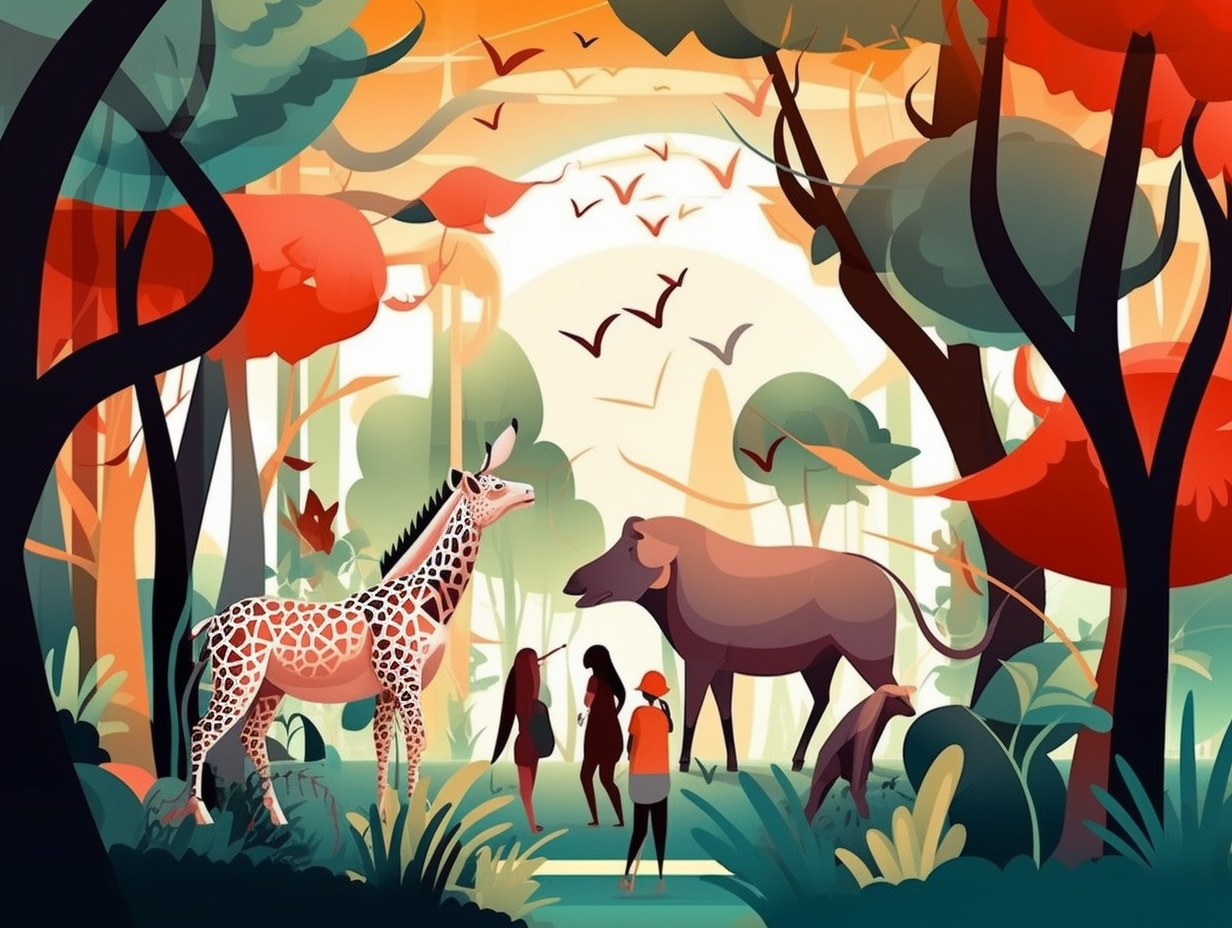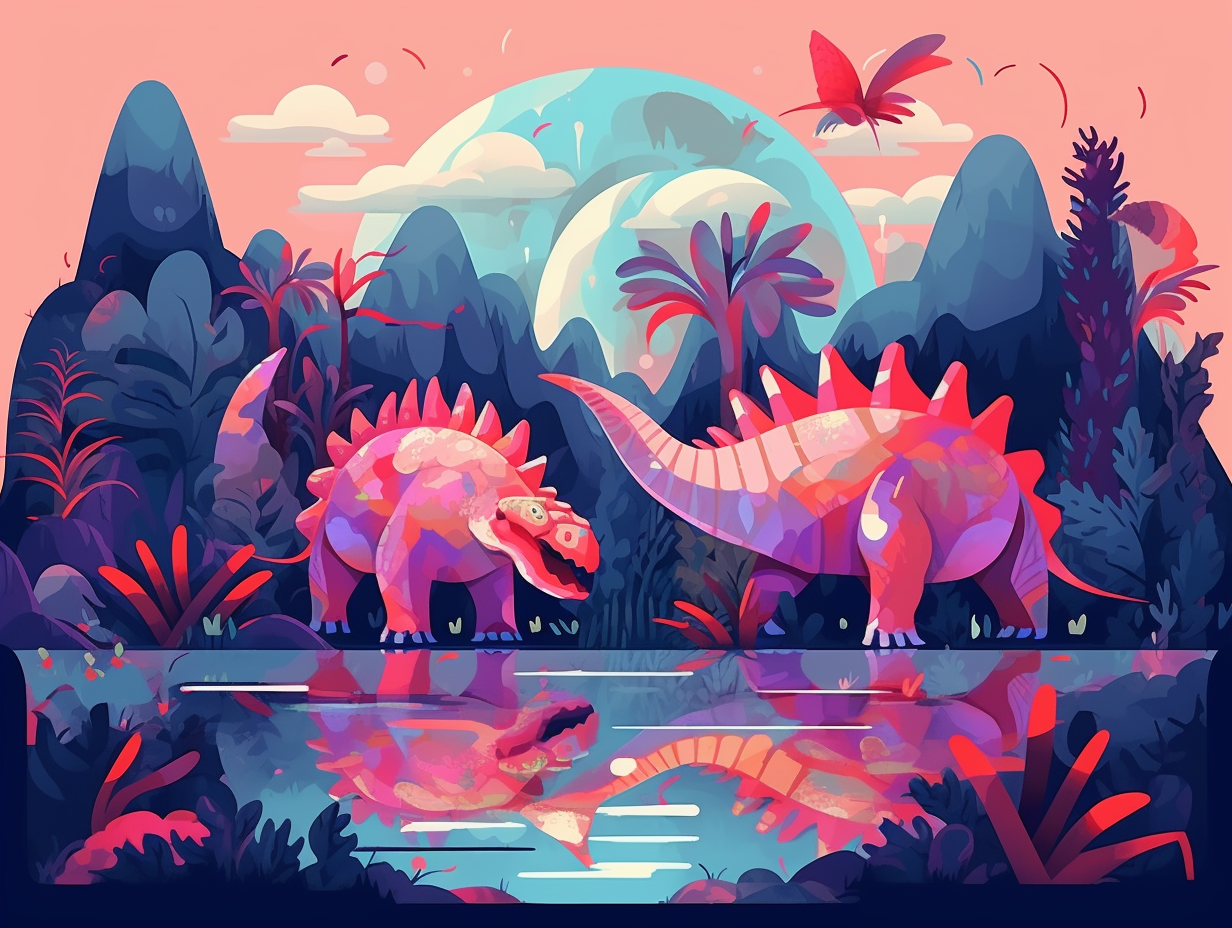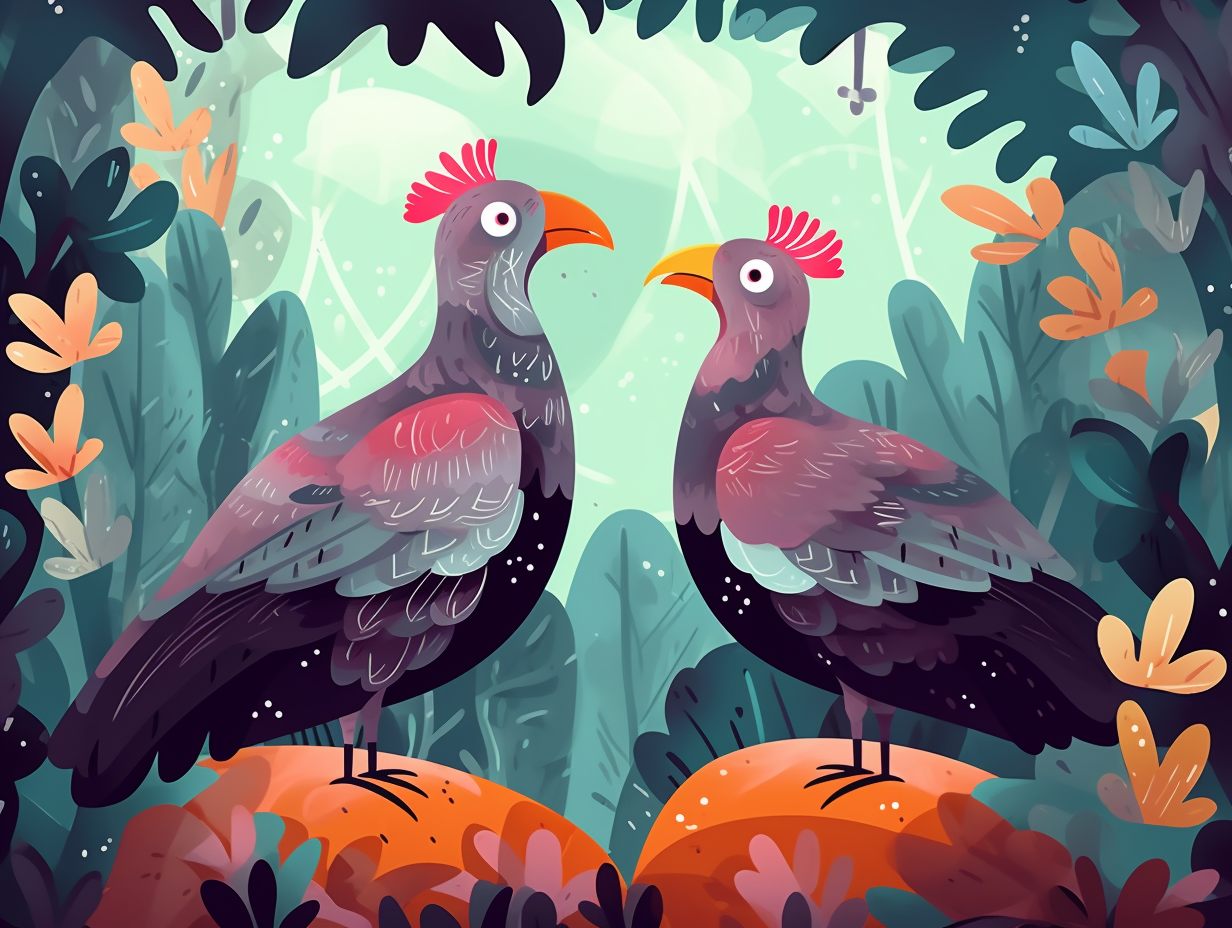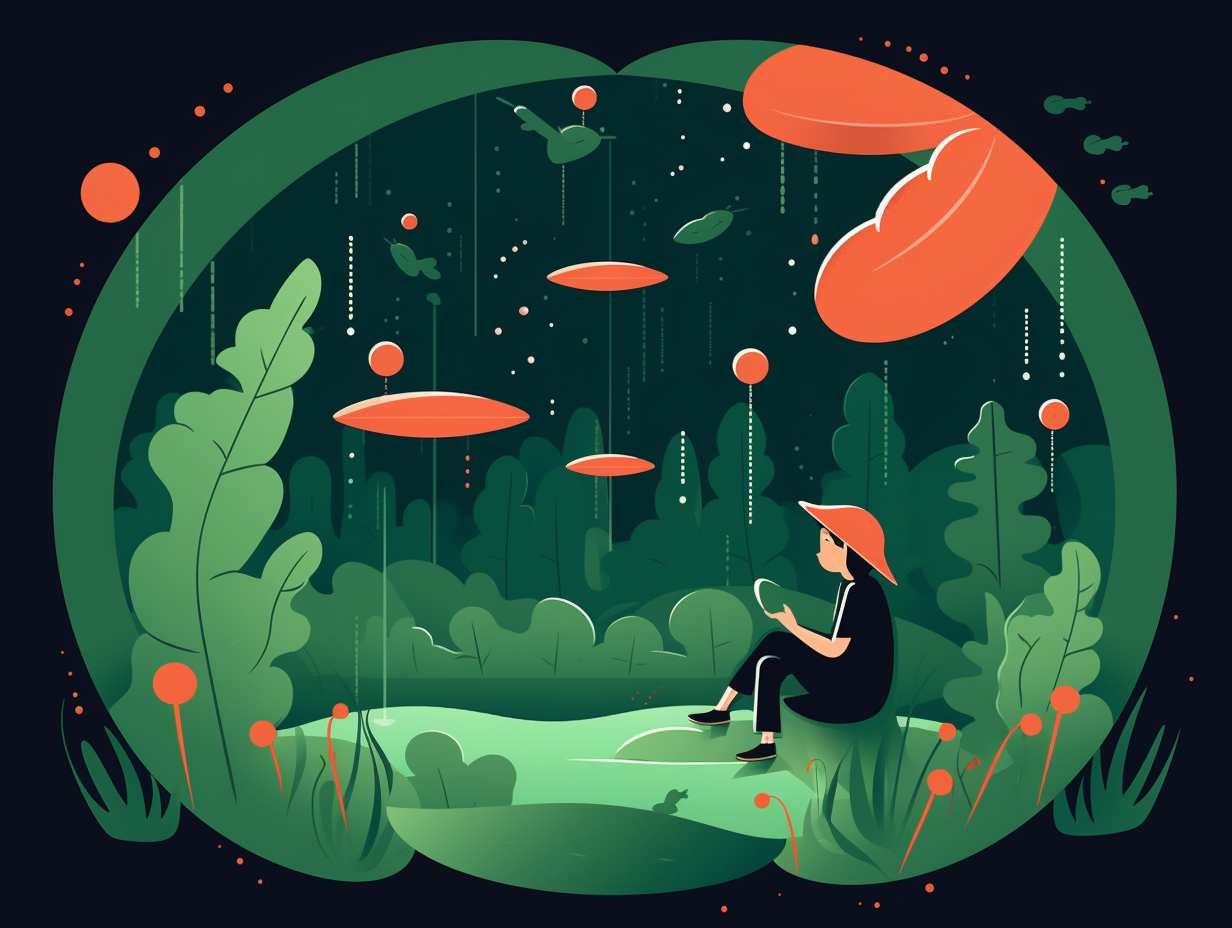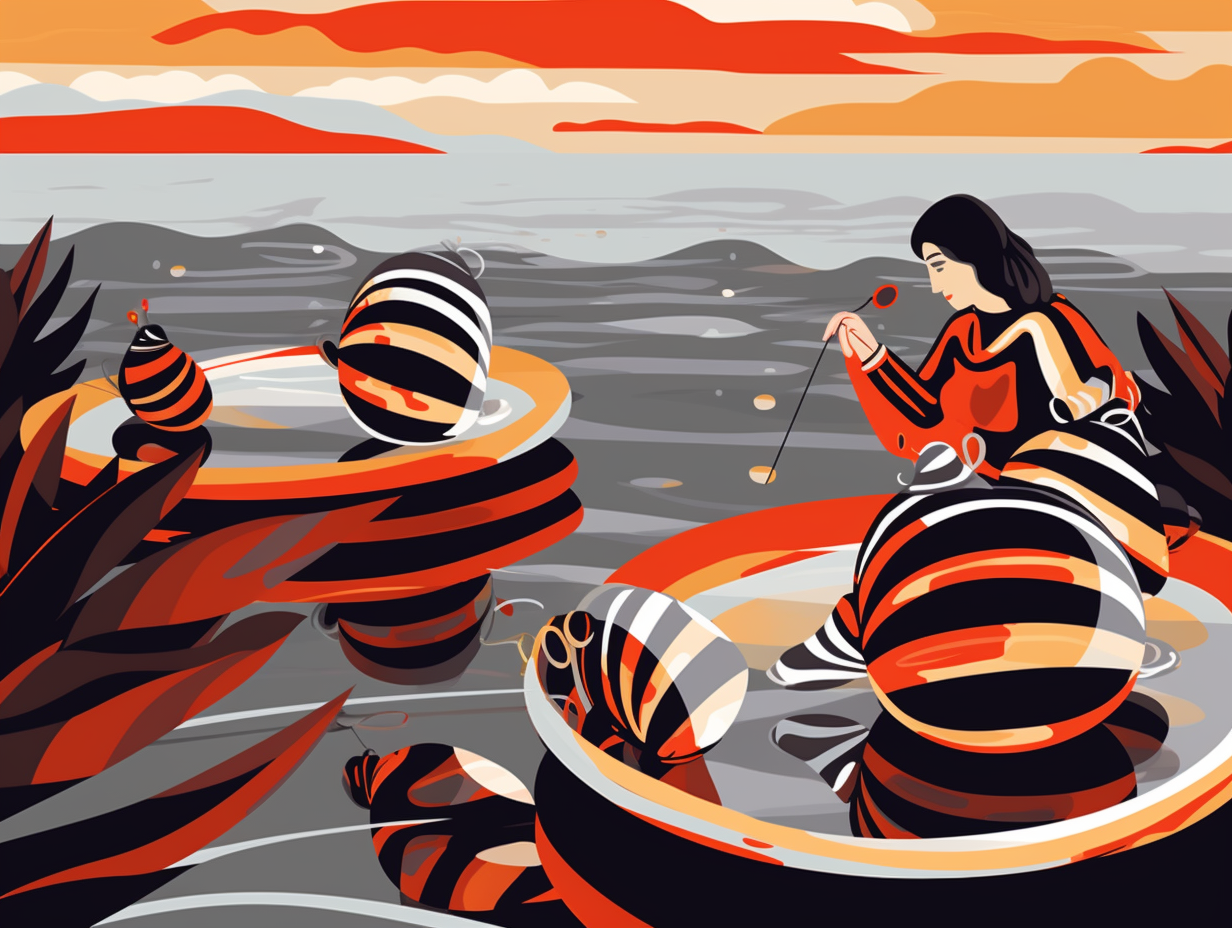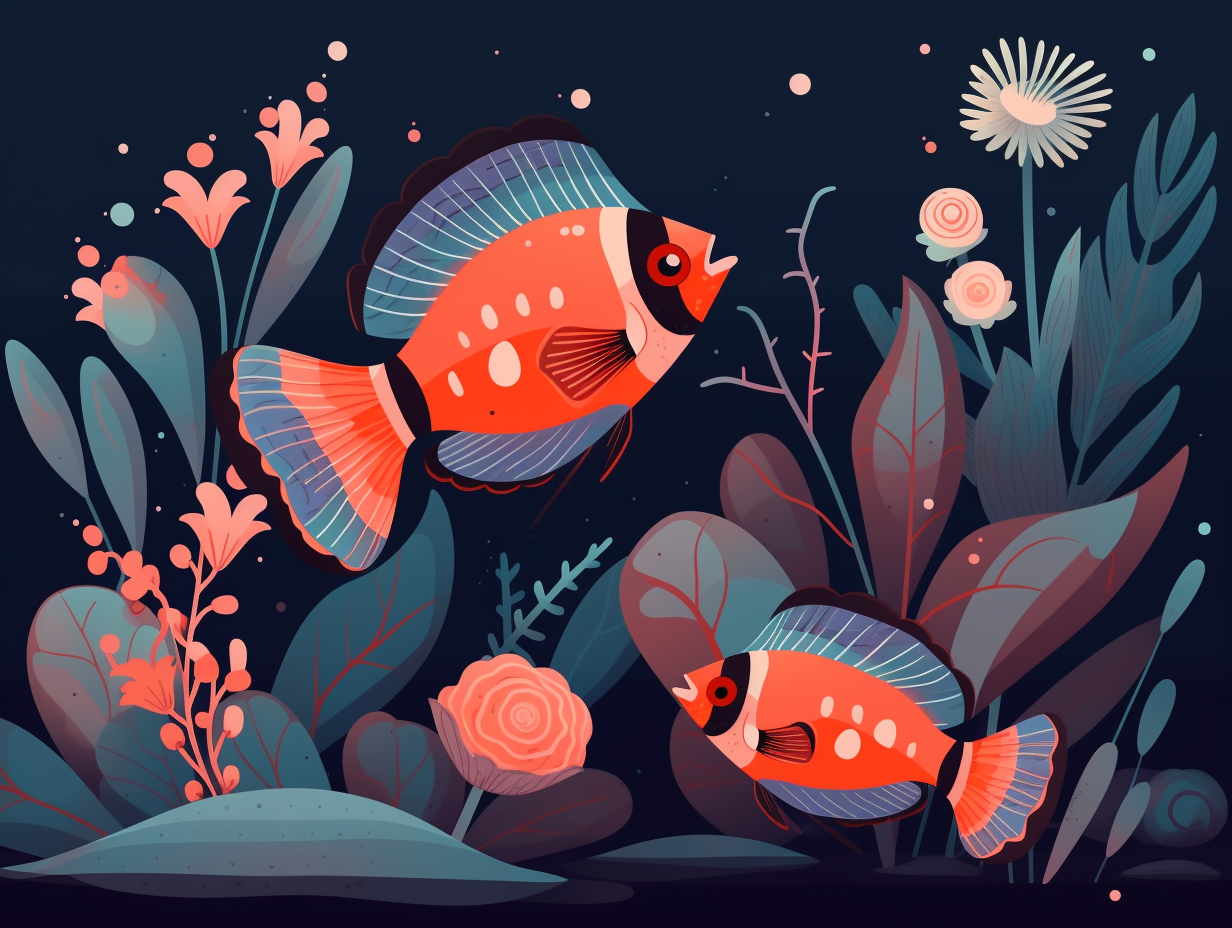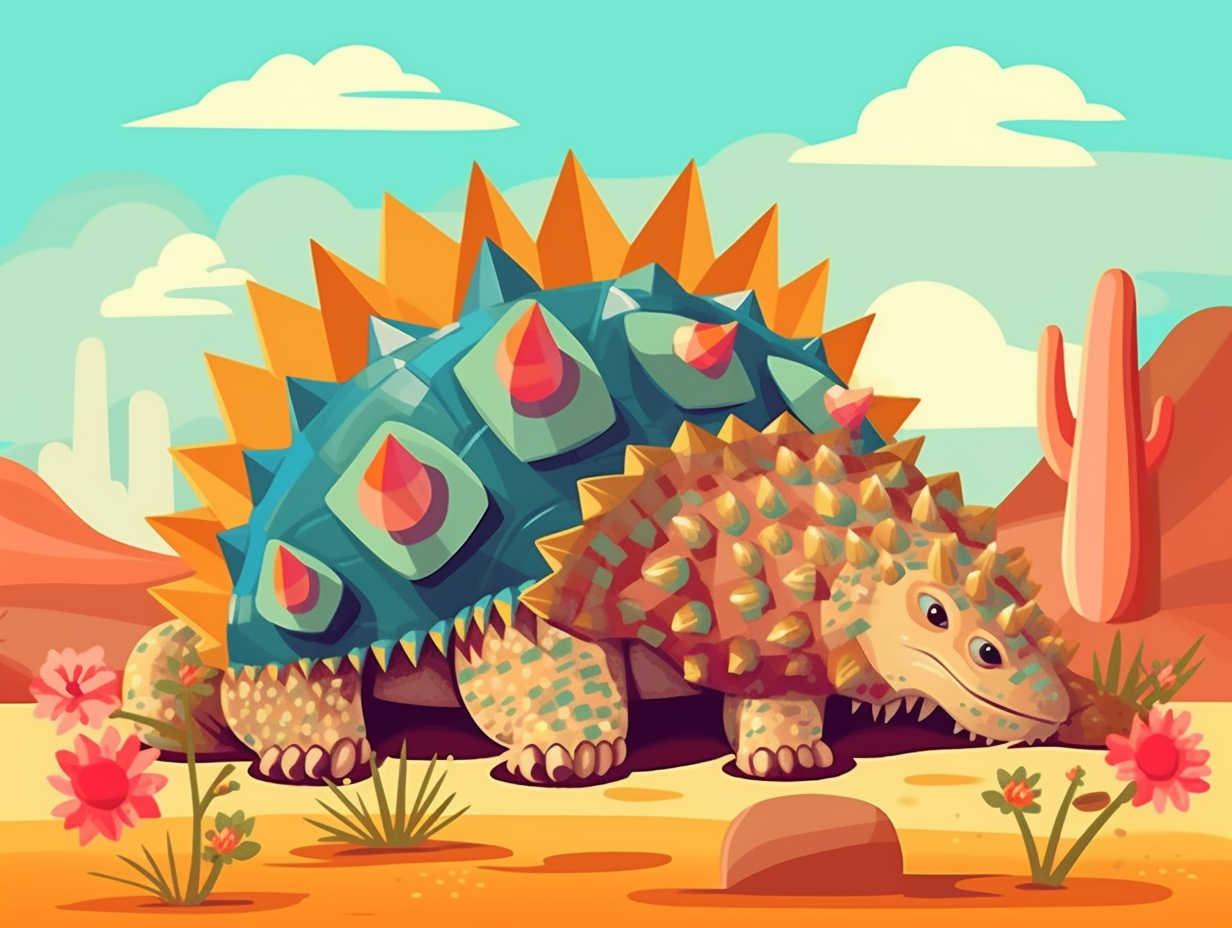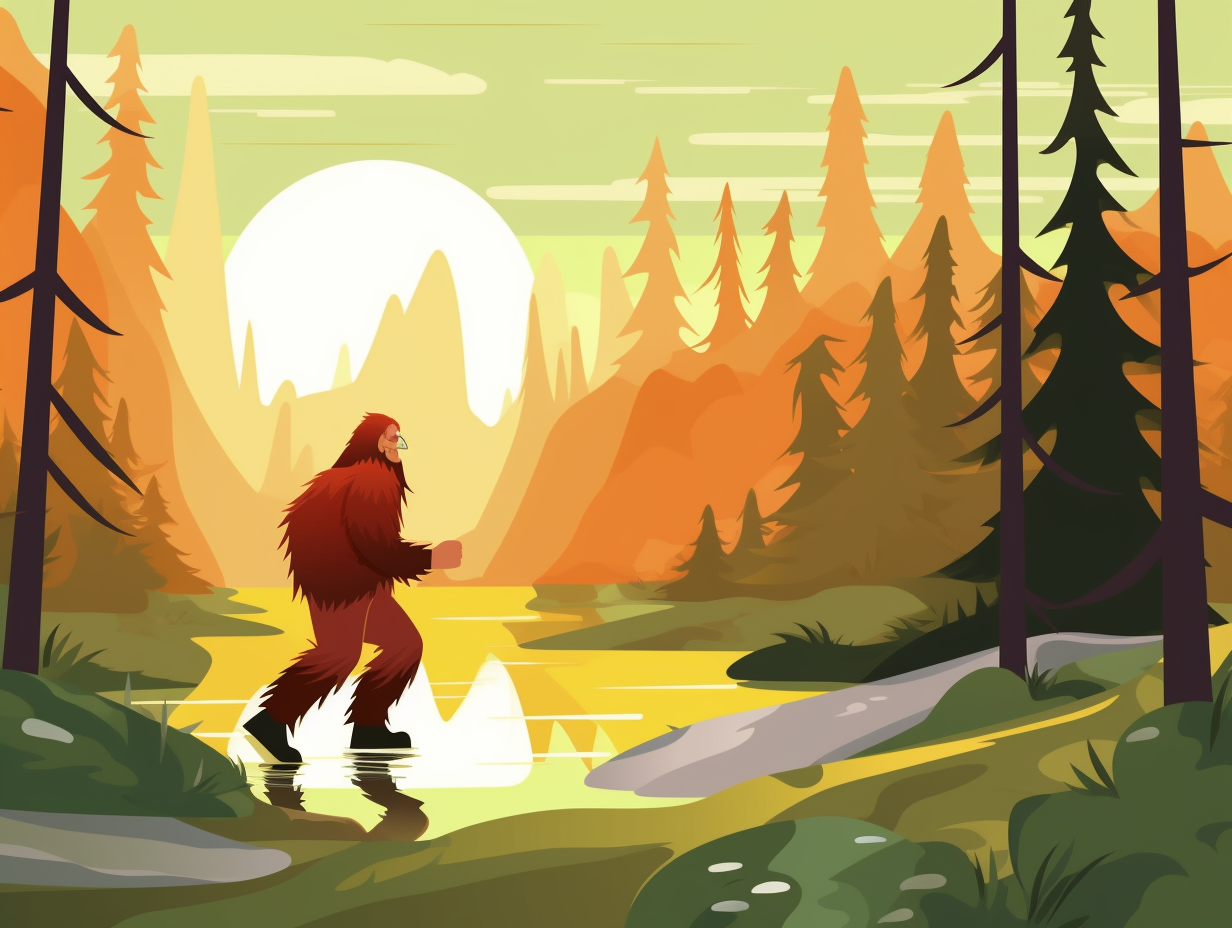Discover the Wonders: 17 Amazing Fun Facts About Nature You Won't Believe!

1. Birds and Ants: The Spa Buddies
Birds and ants: an unexpected love story – until you realize they're just using each other for spa treatments! In a phenomena known as "anting," over 200 bird species treat themselves to tiny exfoliation sessions by rubbing ants all over their feathers and skin: The ants' natural secretions act as insecticides, miticides, fungicides, or bactericides, aiding bird hygiene by ridding them of parasites – or even providing a preen oil supplement. Turns out, anting sometimes doubles as a feathery massage parlour experience too!
Source => en.wikipedia.org
2. Chimney Swifts: The Mid-Air Drinkers
Who needs a water cooler chat when you can have a mid-air hydration party? Chimney swifts certainly don't: These agile birds can drink on the fly by dipping into the water's surface, shaking off droplets from their feathers, and executing complex maneuvers to catch up to 12,000 insects each day for their tasty meals.
Source => reconnectwithnature.org
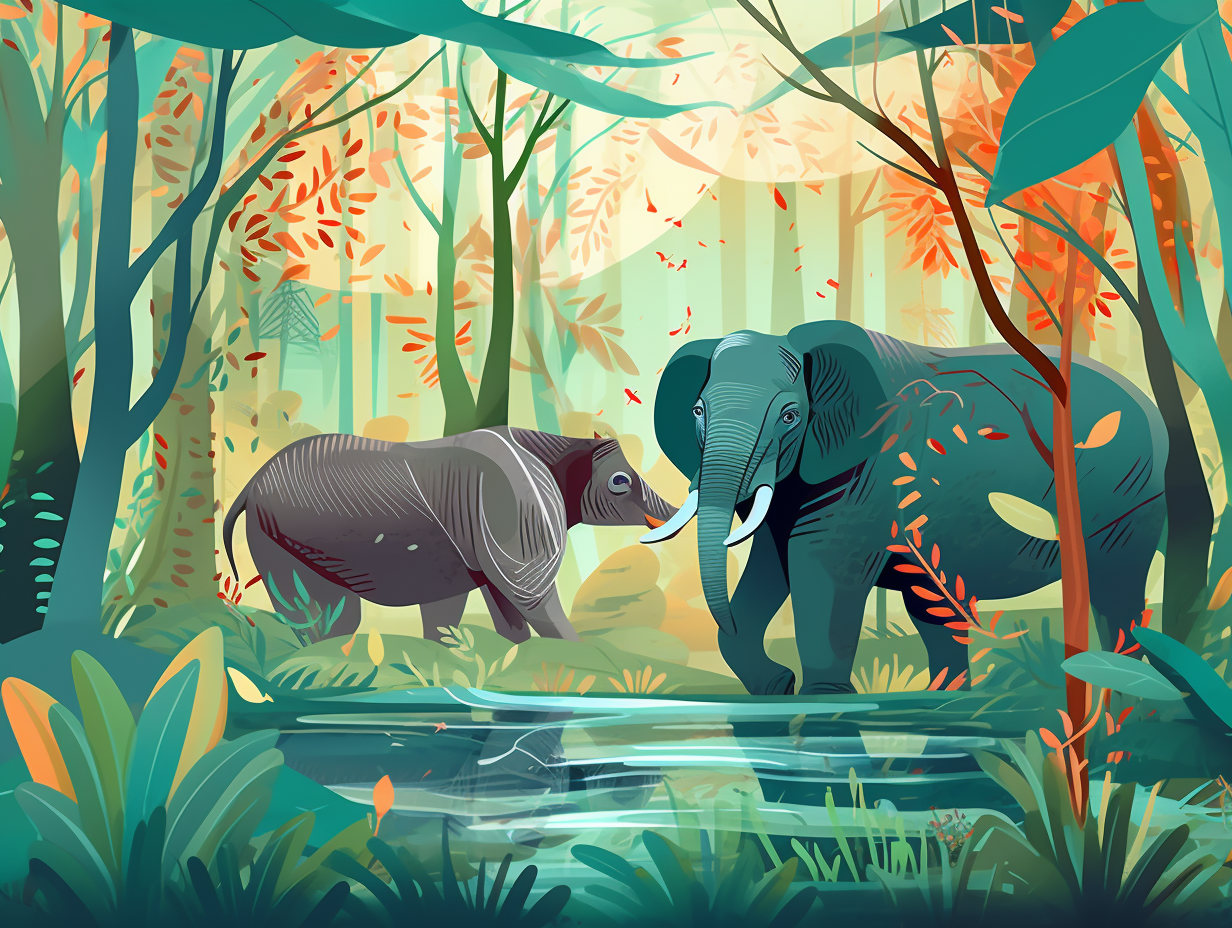
Did you know a single honey bee only lives for six weeks and produces just 1/12th teaspoon of honey? Yet, an entire hive can travel 40,000 miles to make one pound! Discover more fascinating facts about these hardworking insects. 🐝✨
=> Fun Facts about Animals
3. Horses: Fangtastic Dental Quirk
Hold your horses and brace your bridles: horses have a not-so-fangtastic dental quirk called "wolf teeth"! These sharp canine teeth, sitting just in front of the molars, can cause our equine pals quite a bit of discomfort when donning a bit – sometimes leading horse owners and riders to opt for removal in pursuit of a more bearable bit-wearing experience.
Source => designerforsmiles.com
4. Prairie Dogs: Underground Dialogue Masters
Move over, Shakespeare, these underground thespians have an ear for dialogue: Gunnison's prairie dogs possess a complex vocal communication system more intricate than dolphins, whales, or non-human primates, as per a study by Professor Con Slobodchikoff from Northern Arizona University. Prairie dog chatter has unique frequencies and tonal qualities that convey detailed information about predators, making them the furry masters of critter discourse.
Source => phys.org

5. Snails: Snooze Button Enthusiasts
Snails: the ultimate snooze button enthusiasts, defying the FOMO they might experience in the animal kingdom: These sluggish little creatures have the ability to sleep for up to three years during hibernation or estivation, secreting mucus as a protective barrier when weather conditions become too dry or hot for them to safely continue their otherwise leisurely pace of life.
Source => azpetvet.com
6. Starfish: Limb Regrowth Pros
Much like the confidence of a young teenager with a new haircut, starfish just can't be held down when it comes to regrowth: These fascinating sea creatures can regenerate lost limbs in a three-phase process over a year and, though they can't grow a full body from one arm, they come pretty close with their unidirectional, disk-dependent bidirectional, or disk-independent bidirectional regeneration, depending on the species.
Source => en.wikipedia.org
7. Bamboo: The Speediest Plant
Move over, Flash - there's a new speedster in town, and it's not a superhero but a lean, green growing machine: Bamboo is the world’s fastest-growing plant, capable of reaching full maturity in a whopping three to four months and can be harvested in just three to five years, while also reducing soil erosion and detoxifying harmful chemicals in the process.
Source => reelpaper.com
8. Dolphins: Bubble Ring Wizards
Who said water rings are exclusive to smoking aficionados - our aquatic friends, the bottlenose dolphins, are in on the action too: These intelligent creatures create and manipulate underwater bubble rings, using air expelled from their blowholes and combining it with vortex rings generated from their dorsal fins, mastering a delicate skill that certainly makes a splash!
Source => snopes.com
9. Hummingbirds: Floral GPS Masters
Who needs GPS when you can tap into the power of bird-brains: Hummingbirds possess impeccable memory skills, using geometry to navigate and remembering the exact locations of flowers and their nectar availability in intervals as short as 10 or 20 minutes, demonstrating their exceptional episodic memory.
Source => producer.com

10. Fingerprint Mystery: Humans, Chimps, and Koalas
If Sherlock Holmes investigated a crime scene in the animal kingdom, he might be flummoxed by some incriminating prints left behind by a furry felon with a penchant for eucalyptus: humans, orangutans, and chimpanzees all have strikingly similar fingerprints which help in grip and touch sensitivity, while koalas developed them independently to meticulously examine their leafy meals.
Source => mcgill.ca
11. Dragonflies: Insect World Travelers
If you think your cross-ocean flight was long, try being a globe skinner dragonfly without an in-flight movie: This tenacious traveler takes on an 11,000-mile round trip journey across the Indian Ocean, claiming the title for the lengthiest insect migration on record.
Source => smithsonianmag.com
12. Deep-sea Creatures: Natural Light Connoisseurs
Talk about being kept in the dark: only 40% of deep-seafloor creatures can create their own light, compared to a dazzling 75% of midwater animals – and it's all because of the "rocky" relationships and "murky" small talk conditions down in the depths of the ocean.
Source => mbari.org
13. Chickens: The Early Bird Detectives
Why did the chicken cross the road? To catch those early morning rays before humans, of course! Chickens have a remarkable ability to recognize and distinguish between different colors of light, allowing them to see sunlight up to an hour before us humans thanks to their heightened sensitivity to infrared light.
Source => southeastagnet.com
14. Hippos: Funky UV-Protected Sweat
While hippopotamuses might look like they've just left a rave with that colored sweat, it’s actually their secret sauce to stay UV-protected and germ-free: Hippos secrete acidic pigments called hipposudoric acid and norhipposudoric acid that block microbial growth, absorb ultraviolet light, and can potentially have pharmaceutical applications.
Source => sciencenews.org

15. Western Scrub Jays: Bird Funeral Planners
Forget the black ties and somber speeches, the western scrub jay has taken mourning to new heights, transforming final goodbyes into a veritable tweet sensation: These clever birds arrange a farewell ceremony for their fallen comrades, complete with specific calls that not only honor the deceased but also serve as a predator warning system for the rest of the flock. So next time you encounter a group of jays having a squawk-fest, you might just be witnessing their version of a heartfelt eulogy!
Source => smithsonianmag.com
16. Snails: Homeopathic Mucus Makers
If a snail walks into a bar and covers itself in mucus, don't call it a slimy boozer, call it a homeopathic hero: this gooey film not only helps them glide through their gastropod lives, but it also harbors anti-pain and anti-inflammatory properties that scientists are studying for potential relief in our own human ailments!
Source => naturalform.com
17. Male Orchid Bees: Perfume Alchemists
Talk about a fragrance fi-asco: Male orchid bees concoct a one-of-a-kind perfume by collecting volatile compounds from flowers, fruit, resin, sap, mushrooms, and even dung, and store it in funky leg pockets to charm a mate, ultimately increasing their chances of love and procreation!
Source => earth.com
Related Fun Facts

